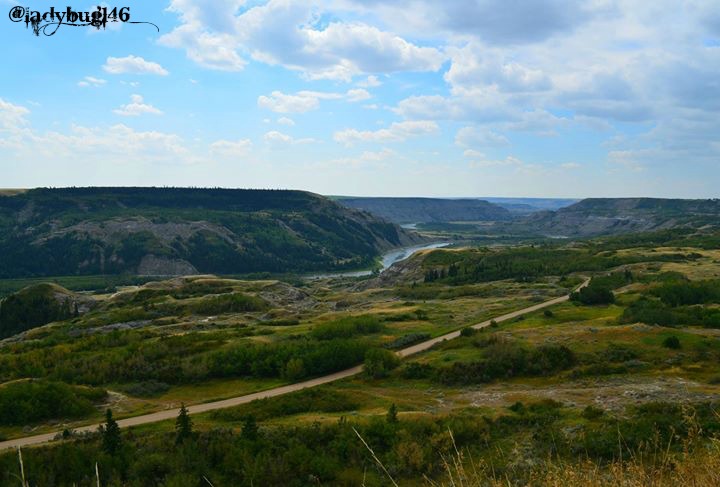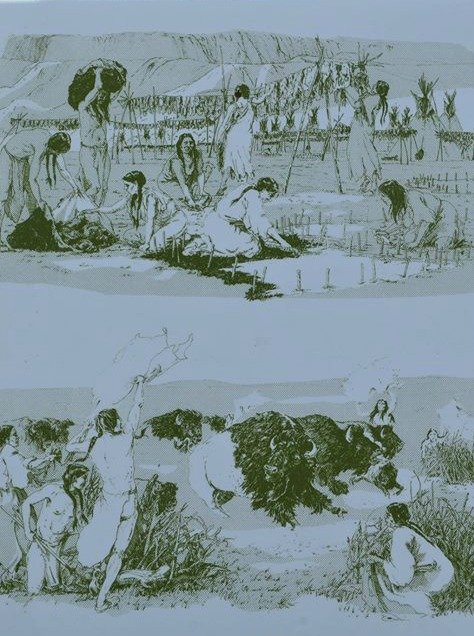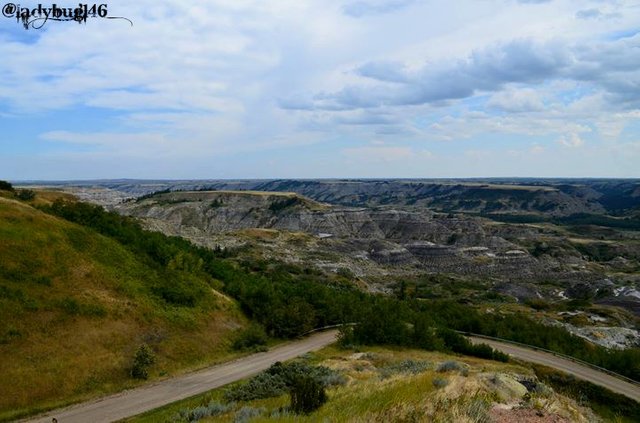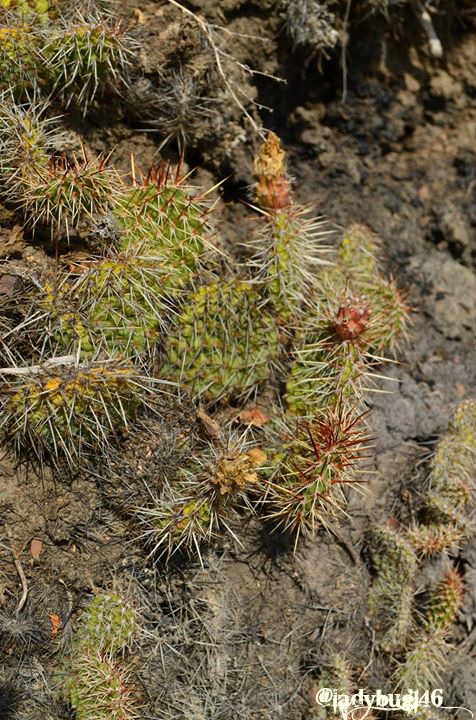Hello my friends
Earlier in my steemit beginnings I wrote a 2 part piece on our beloved bisons and it's near extinctions and I was vague on what brought them to near extinction because that in itself is also a lengthy story and I didn't have the proper images yet to present with it. I will provide the links below this post since you most likely missed it.
Aside from wanting freedom from tyrannical leadership and disease , one of the things that attracted European to what is now known as Canada in the years of the mid 1500- mid 1800 was it's bountiful land and new business opportunities, to be more specific, the fur trade. Due to over-hunting and consumption in Europe , furs became a harder commodity to find and new sources were needed. Upon the discovery of the northern half of North- America ( I hardly call it a discovery since there was already people here who we call First-Nations but that's a story for another day) early explorers encountered vasts lands with minimal population. The First- Nations population was estimated to be between 1.2 to 2 million habitants. These tribes of aboriginals where excellent hunters and trappers and specialized in beaver pelts worn as clothing ( coats, hats...)
Not all relationships between the stewards of the land and the newcomers were peaceful but in time partnerships developed between the aboriginals, French along with the British and the Hudson's bay company (British) and the North-West fur company (French) were established, trading beaver pelts to their respective markets in exchange for european goods like metal tools, cookware,knives, musket and other foreign technologies. As prices for pelts declined in european markets, more pelts were needed to obtain the goods that aboriginal had become dependent upon and for profitable business for the mercantile societies that settled the lands, more needed to be hunted and the resource became depleted and beavers were hunted to near extinction much like Europe.
New strategies were needed pushing the trappers and traders to move west in search of new resources. As partnerships were formed with the aboriginal tribes from the north-american plains, a new resources was discovered. The bison ,being large animals offered several advantages and was crucial to daily life here in the west. They were an important source of food due to their size also offering large hides of great quality furs. The bison were plenty and became the new hot commodity destined for european markets. As the competition for control of the fur trade and markets grew, drastic hunting techniques were employed ( the technique potentially pre-dates the fur trade) and led to what we call buffalo jumps. Archaeologist have discovered evidence of this jump being used in at least 4 different occasions or time periods.

If you are currently visualizing the worst case scenario, you are probably correct...It is exactly how it sounds. The bisons are herd animals and if one freaks out, they all do. They were herded by the hundreds near the shear cliffs and ran until they plunged to their death where settlements or camps were waiting below to process their large carcasses. Having limited time to tan the hides and harvest the meat, not all could be processed leading to a lot of waste and depletion of the resource.

picture of the historical information poster displayed at the park
There were multiple buffalo jumps throughout southern Alberta as ancient melting glaciers produced large rivers that carved canyons across the landscape for the past 13,000 years. I chose to display this location because it is the highest jump currently on record. Most buffalo jumps employed in history were typically 8 to 10 meters, dry island buffalo jump has a drop approximately 45 meters. You can find more information on the fate of the bison population in the links provided below this post.

Due to it's historical nature, Dry Island buffalo jump is now a provincial park and a preserved area therefore fossil , bone and artifact collecting is not allowed. The park gets it's name from the mesa that was carved by the ancient river in the picture above. Although it may looked like it could have been an island at some point, it never was, making it a dry island.

The fast eroding cliffs of soft soil make it difficult for any vegetation to take root and grow leaving it to radiate heat on the warm summer days and leaves the canyon temperature above 35 degrees Celsius on most days without airflow making it almost unbearable for hiking and exploring during the summer months. It's heat allows for certain plant life to thrive that you would never expect to see anywhere else in our Canadian climate.

During our visit, it was really warm and we didn't want to end our vacation with a case of heat stress and dehydration so we didn't hike the canyon, we will do so in the fall when it cools down. Didn't stop us from having fun tho! Nestled at the bottom of the canyon, between the cliffs, runs the Red Deer river making it the oasis we were looking for to beat the heat and still enjoy the landscape around us. Made for a day of fun splashing around and swimming with the locals before heading back home.

In case you missed the bison history 2 part piece , here are the links, I hope you enjoyed!!
https://steemit.com/photography/@ladybug146/king-of-the-prairies-bison-part-i
https://steemit.com/photography/@ladybug146/king-of-the-prairies-bison-part-ii
Downvoting a post can decrease pending rewards and make it less visible. Common reasons:
Submit
I'm hooked!
Downvoting a post can decrease pending rewards and make it less visible. Common reasons:
Submit